Editorials
Stay Home, Watch Horror: 5 Winter Horror Movies to Stream This Week

It may not officially be winter just yet, but a winterlike chill is already setting in for many as the holiday season is here. That means the perfect excuse to cozy up with more horror!
Okay, so anything is a good excuse for horror. But there’s just something about horror set in icy, snowy conditions that compounds the dread. It’s so much harder to escape from masked maniacs, zombie outbreaks, aliens, and more when the weather conditions threaten your life, too.
This week’s streaming picks are dedicated to terror in extreme winter weather conditions and the isolation that causes. Here’s where you can stream them…
Cold Prey – AMC+

A group of five friends snowboarding in a secluded area of the mountains in Jotunheimen are forced to find shelter when one breaks their leg. They take refuge in a deserted lodge, wholly abandoned save for the homicidal maniac dubbed the Mountain Man. Cold Prey is a fantastic modern slasher with a stunning snowy backdrop that contributes to the group’s fight for survival. Suspenseful, brutal, and with one of horror’s most underrated final girls in Jannicke.
Curtains – Tubi, Vudu

Six young actresses spend their weekend at a remote mansion enduring what may be the most eccentric audition for a movie role. Naturally, it’s the perfect setting for a masked killer to start picking them off one by one, and it just so happens to be winter. There aren’t too many slashers set in icy weather, and Curtains takes full advantage of its winter setting. The most memorable kills involve the creepy masked killer using the weather against the victims, including the film’s best death sequence set on a frozen pond. Sickles and ice skating equal bad news.
The Lodge – Hulu, Kanopy
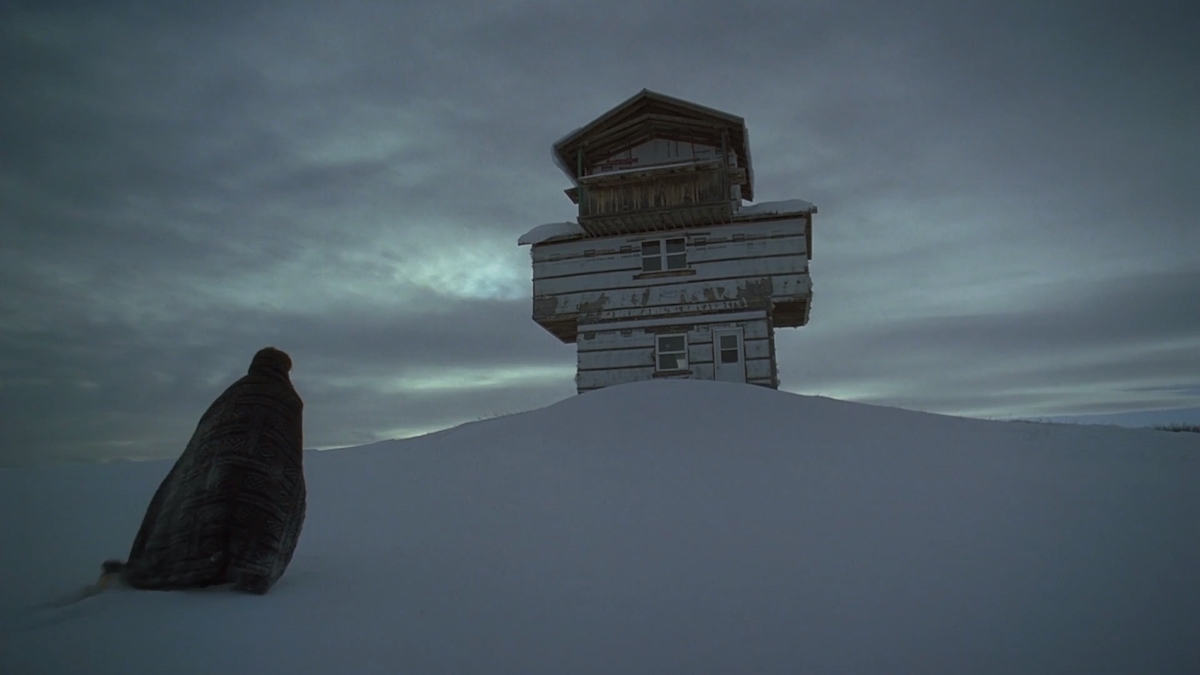
Veronika Franz and Severin Fiala’s follow-up to Goodnight Mommy carries over the theme of children misbehaving. A holiday trip to the remote family lodge becomes a harrowing voyage into potential madness when soon-to-be stepmom Grace (Riley Keough) is left alone to take care of siblings Aidan (Jaeden Martell) and Mia (Lia McHugh). When the children seem to be making peace with Grace, a blizzard knocks the power out, trapping them all with Grace’s dark past. Moody and atmospheric, The Lodge is bleak horror. It’s isolating, chilling, and depressing. Bring extra blankets for comfort.
Pontypool – AMC+
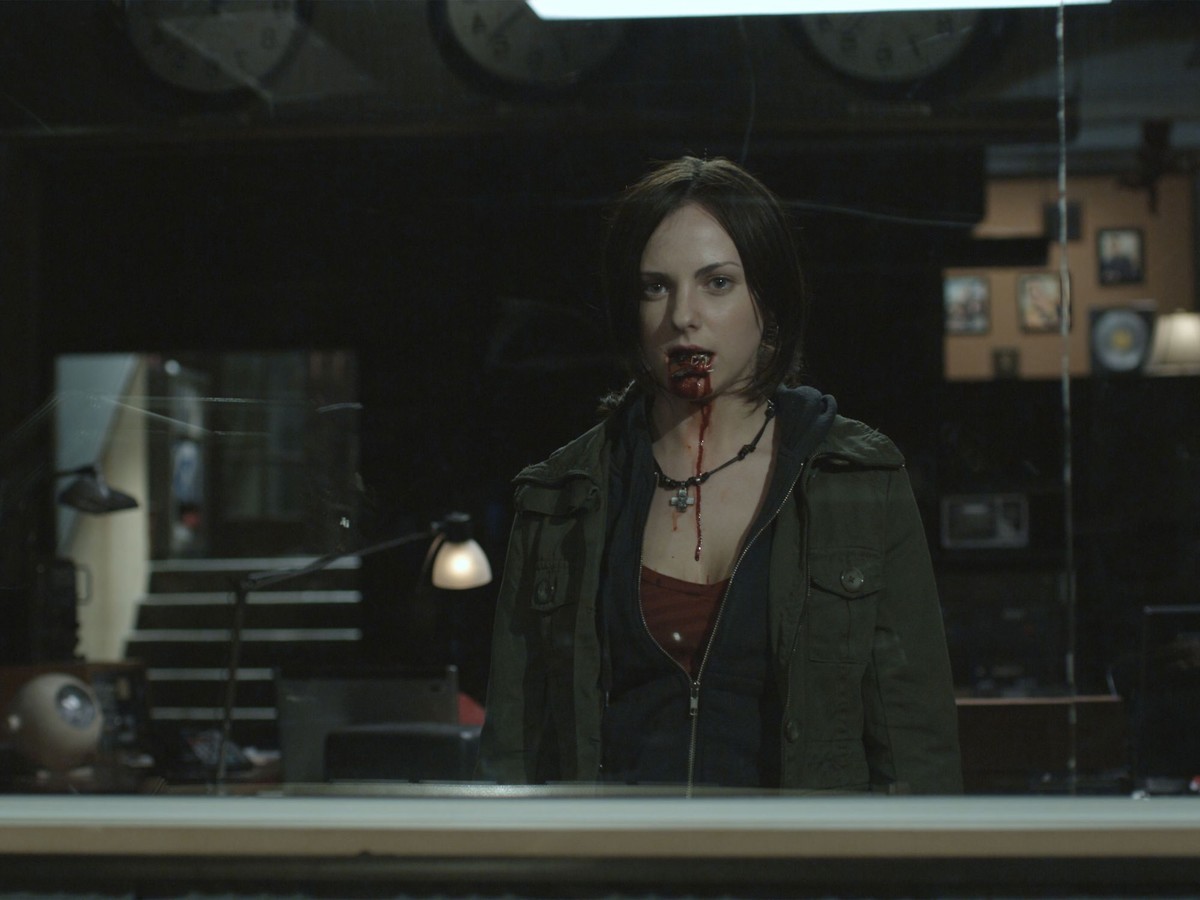
Stephen McHattie is a commanding presence in this atypical outbreak horror movie. The actor plays shock jock DJ Grant Mazzy piecing together an outbreak in Pontypool, Ontario, from his radio station booth as events play out in real-time on air. That means much of the action happens via audio, with reports and town residents calling into the station. Yet, none of that detracts from the suspense. It’s an unusual yet effective take on an outbreak, and winter serves as an excuse to keep its main character trapped inside and feeling secluded.
The Thing – Starz
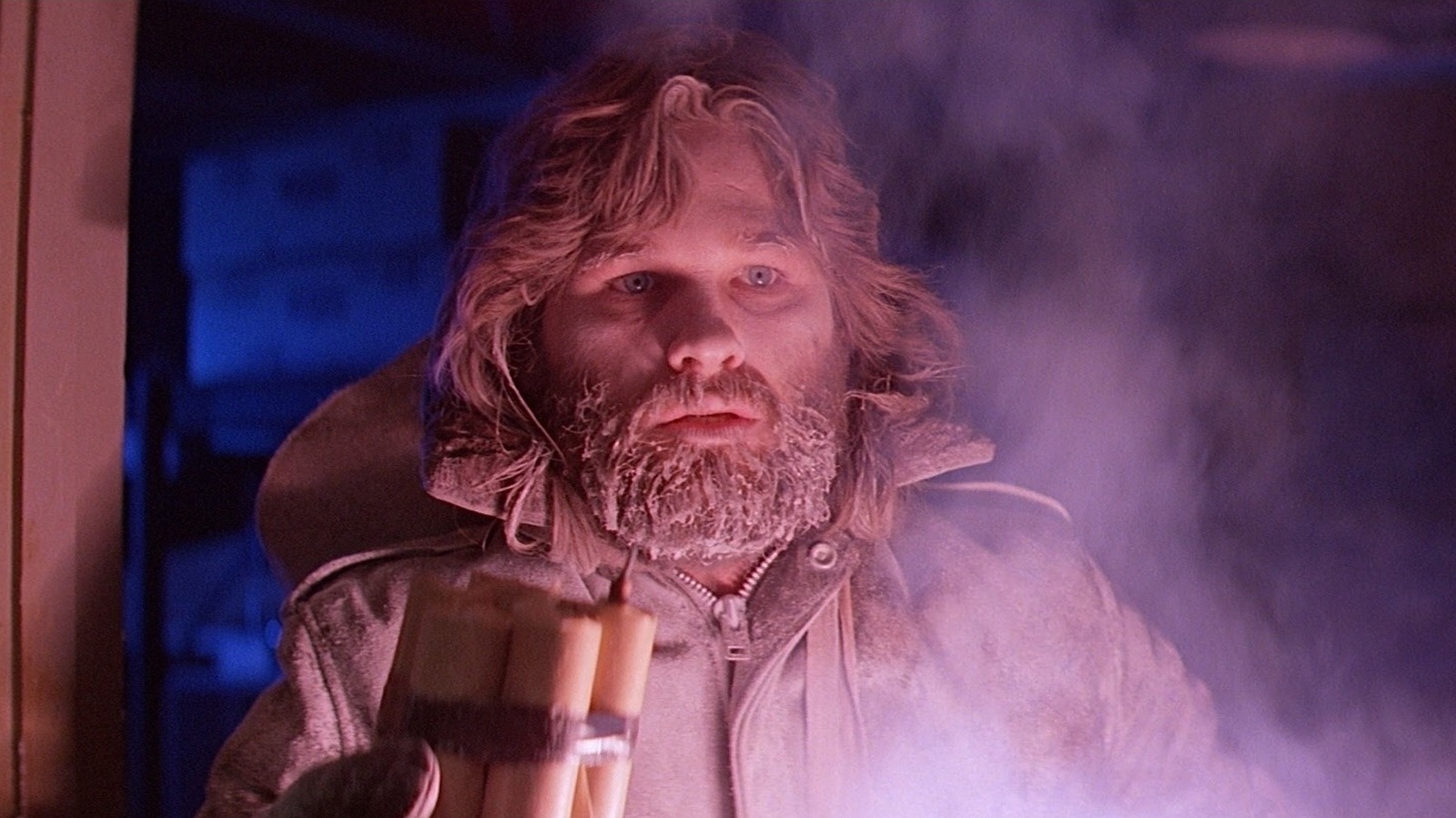
John Carpenter’s paranoia-laden masterpiece is a pinnacle of practical effects. Its snowy Antarctic setting plays a pivotal role in isolation, paranoia, and fight for survival. Fleeing from the shape-shifted alien that’s infiltrated the ranks of a research team isn’t easy, thanks to its ability to assimilate the humans and the storm raging outside. This classic keeps getting better and better with every rewatch, too.

Editorials
Looking Back on the Stop-Motion Nightmare of 1986’s ‘The Pied Piper’

Genre classifications tend to fall apart the further we look back in time. That’s why nearly all the original versions of classic fairy tales contain at least one bizarrely horrific element or another. From the Evil Queen’s cannibalistic intentions in Snow White to the Big Bad Wolf successfully devouring both granny and Little Red Riding Hood, even the most innocent stories featured a twinge of terror back when they were first created. However, there is one fairy tale that remains surprisingly dark even in its current iteration, and that would be the chronicle of The Pied Piper of Hamelin.
A simple yet memorable yarn about a pipe-playing stranger who takes revenge on the populace of medieval Hamelin once they fail to pay him for eliminating their rat problem, the story of the Pied Piper has influenced countless other works of art (even popping up as a recurring influence on the Slenderman mythos). That’s why I find it so surprising that there’s no definitive big-screen adaptation of the iconic story – unless you count stop-motion animation.
Enter Czech filmmaker Jiří Barta, a pioneer stop-motion animator working for Kratky Film in the early ’80s. Having already made a name for himself by contributing to a myriad of televised short films aimed at children, Barta and the humble studio wanted to branch out and create a large-scale project meant for older audiences. After some discussion, the director settled on a bold retelling of the Piped Piper, wanting to present the story in a way that would stay true to its Germanic roots while also taking inspiration from Viktor Dyk’s 1911 reinterpretation of the tale, Krysař (Rat-Catcher in Czech).
And so production began on a one-of-a-kind animated spectacle that would incorporate German expressionism and medieval artwork into its visual design. Over the course of a year, Kratky’s artists produced meticulously crafted puppets and locations meant to evoke wood carvings – as well as a rat infestation brought to life through taxidermized skins and the occasional use of live-action photography.
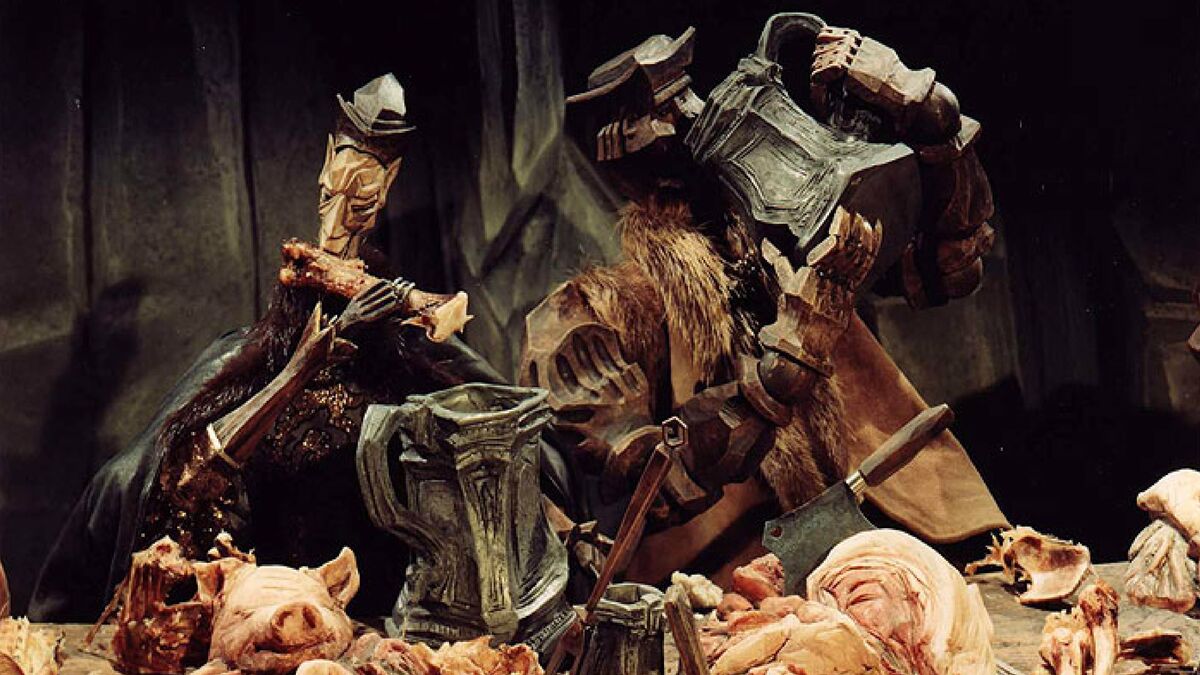
Not very appetizing.
In the finished film (which doesn’t require subtitles since the characters all speak in a fictional German dialect that we aren’t meant to understand), we follow the downfall of Hamelin as the wealthy townsfolk become corrupt in their miserly ways, with the bustling city eventually attracting a vicious swarm of rats. It’s only then that a pipe-playing stranger comes to town and is promptly hired to take care of the problem. Naturally, the Piper is soon betrayed, leading to a horrific comeuppance as the town faces the consequences of extreme avarice.
In 1986, Krysař (retitled to The Pied Piper in North America) would premiere to rave reviews, though this success remained mostly limited to the festival circuit and Eastern European theaters. It would actually take decades for the film to reach home video in America, with most Western cinephiles only coming across this landmark stop-motion fable through bootleg copies and international DVDs aided by the film’s lack of intelligible dialogue.
This aura of mystery may be partly responsible for the film’s enduring legacy as an obscure cult movie, with fans considering it one of the greatest hidden gems of all time, but it’s The Pied Piper’s exceedingly dark tone and imagery that really cemented its place as a classic.
While the general plot was faithfully recreated from familiar versions of the story, which is already one of the darkest fairy tales in existence (possibly due to its origins as an allegedly true horror story), it’s the flick’s deviations from its folkloric source material and the clear preference for Dyk’s bleak retelling that make it such a memorable experience.
For starters, the animated visuals actively enhance the story’s surreal undertones, making a serious experience that much more unsettling due to its whimsical presentation. Horrific moments like the murder and implied sexual assault of a sympathetic main character become downright disturbing when told through the eyes of wooden puppets, and the clockwork-inspired movements of the city folk reveal sinister implications about the inner workings of an oppressive metropolis.
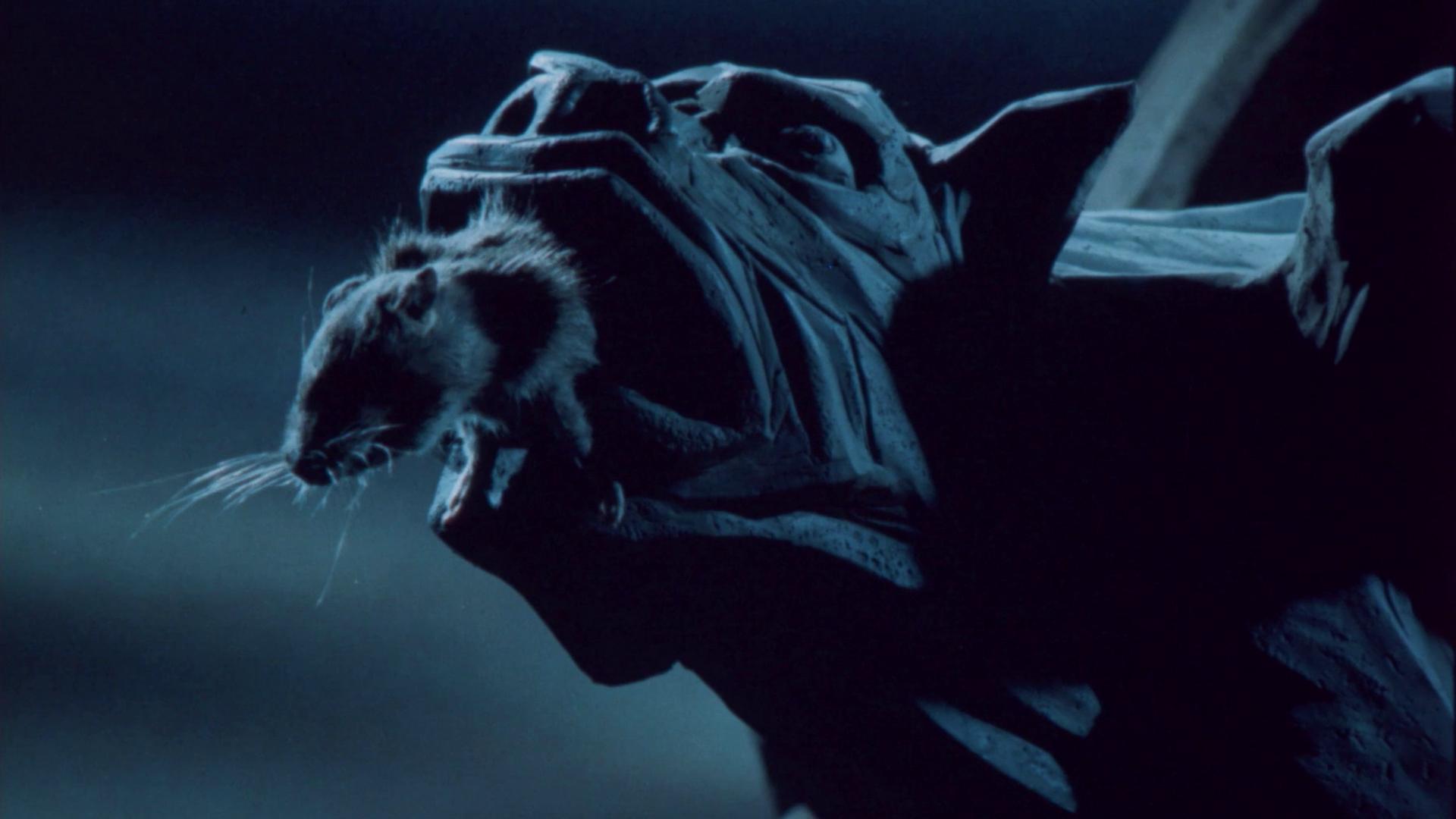
“Them filthy rodents are still coming for your souls!”
The rat plague itself is also incredibly unnerving, with the rodents’ organic design intentionally clashing with the mechanical feel of the rest of the film. The director originally intended for the vermin to feel more alive and sympathetic than the jaded inhabitants of Hamelin, but the use of real rat taxidermy also adds an additional layer of uncanny terror to the mix as the furry plague invades a mostly sterile production.
Of course, the scariest addition to Barta’s The Pied Piper comes from its grisly ending, which ditches the traditional climax of having the Piper kidnapping the local children and instead goes down an unexpected route of city-wide body-horror. I won’t spoil the details for those who still haven’t seen this wood-carved masterpiece, but suffice to say that the finale will stay with you long after the credits roll.
Like the legend that inspired it, The Pied Piper is much more than just a horror story. It’s an anthropological cautionary tale. It’s also a tragic love story, as well as a cathartic revenge yarn. But regardless of how you interpret it, it’s the overall brutality of Krysař that makes it so unique. That’s why I’m glad that the folks over at Deaf Crocodile have finally given the film the remastered Blu-ray release that it desperately needed.
And in a world where adult-oriented animation is finally getting the attention it deserves, with filmmakers like Guillermo del Toro championing the cinematic format as a medium rather than a genre, I think it’s worth looking back on Barta’s magnum opus as a poignant reminder that nightmares are not limited to live-action.


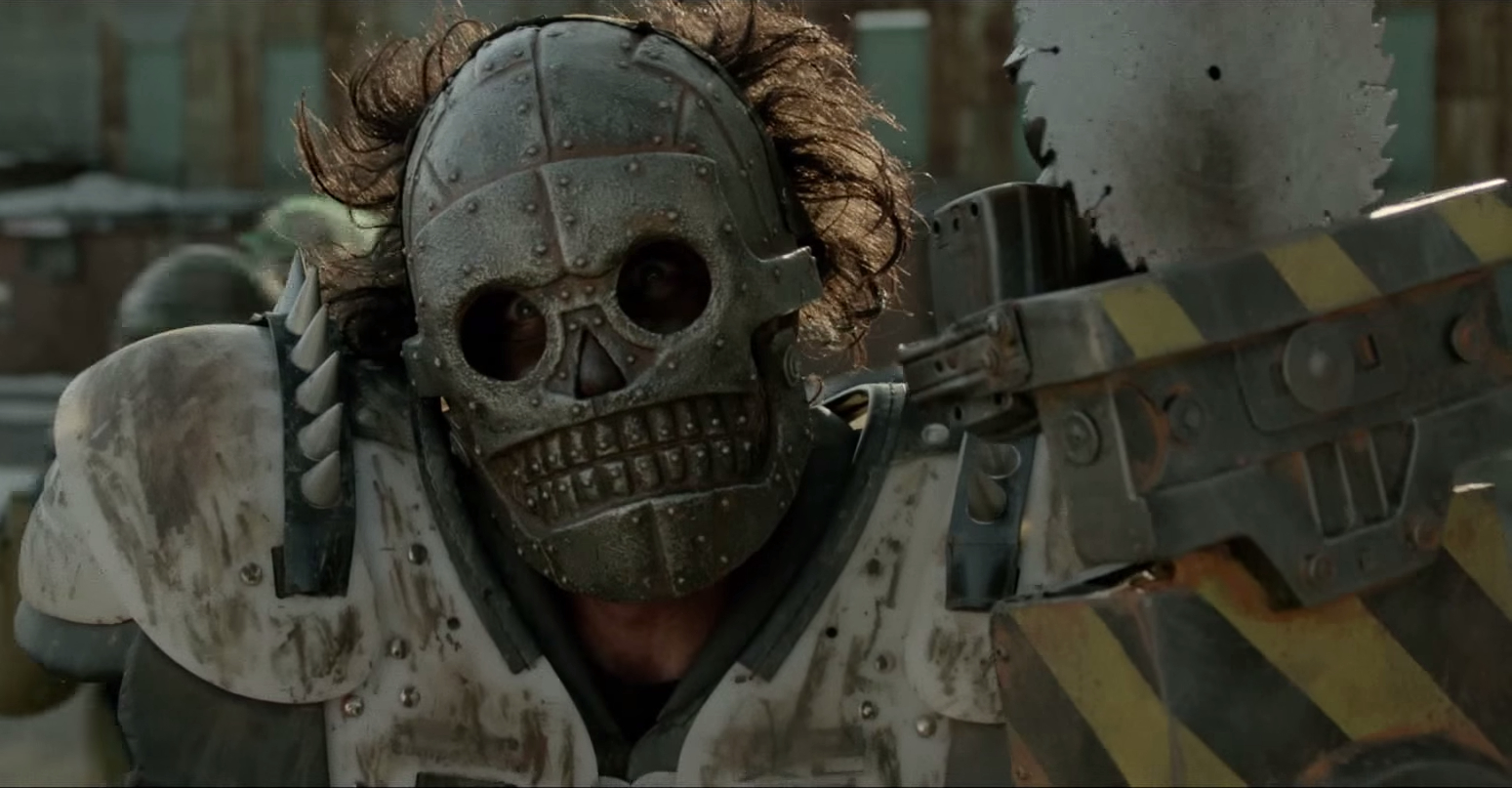


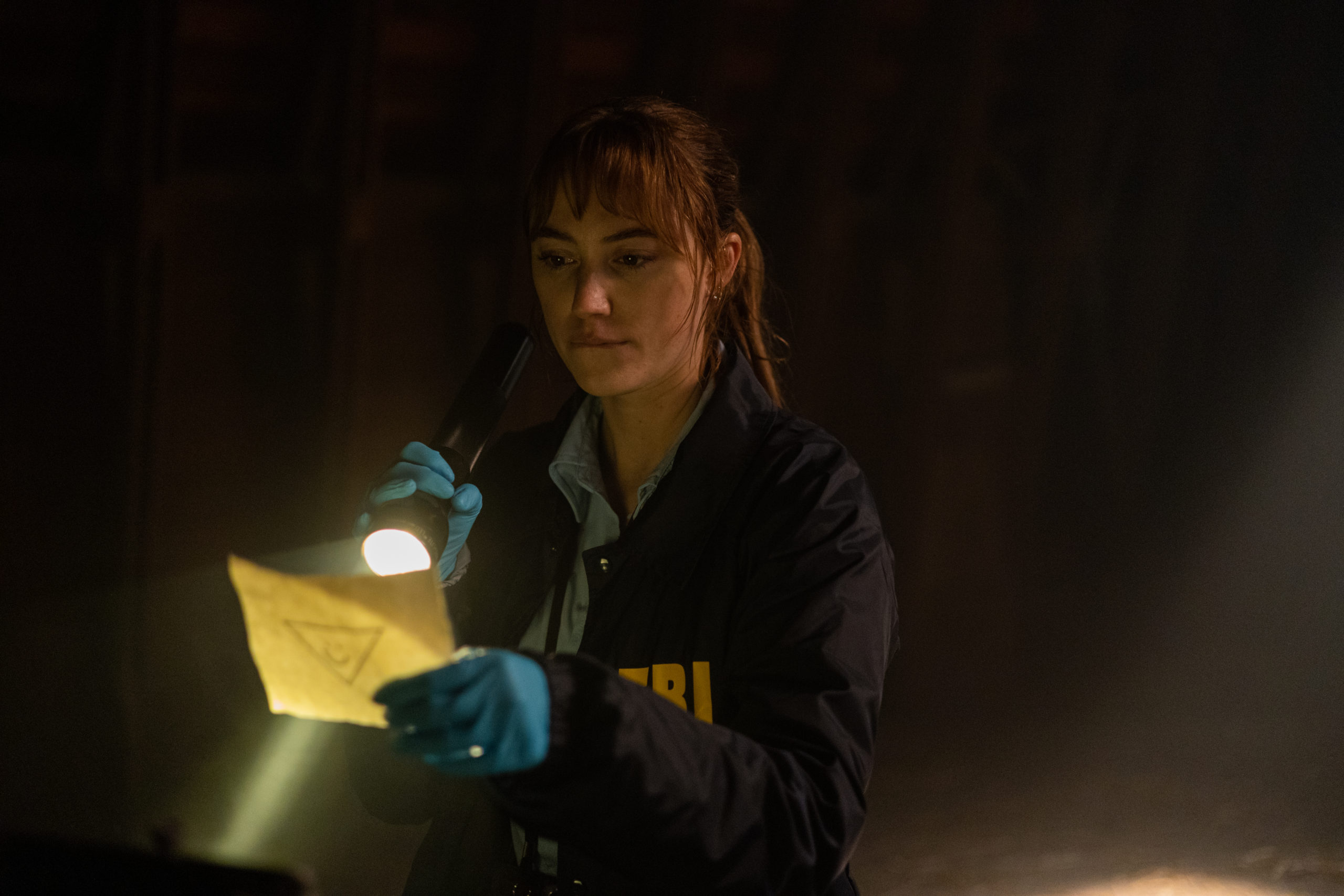






You must be logged in to post a comment.